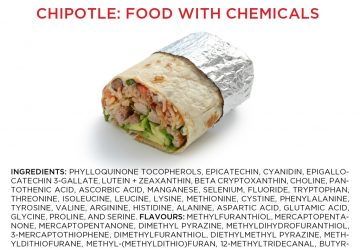One of the hot food trends of 2018 is supposed to be the emerging popularity of meat “alternatives.” Right now, that takes two forms. The first, which has been around for years, is burger replacements made from plants. The second, which one company hopes to bring to market this year, involves growing muscle tissue from stem cells in a lab. Activists have dubbed the latter “clean meat” since it doesn’t involve slaughtering any animals.
But what is actually involved in producing fake meat? Is “plant-based” meat—which is billed as having no cholesterol—good for you? How processed is it? The answers may surprise you. As we explained in an op-ed that ran in several papers around the country:
The laboratory making the Impossible Burger looks better suited for big pharma than your neighborhood butcher. Metal drums churn a frothy red liquid, which contains yeast that’s genetically modified to produce vast quantities of the meat-flavor mimic, soy leghemoglobin.
When Impossible Foods attempted to get confirmation that soy leghemoglobin is safe for human consumption in 2014, the U.S. Food and Drug Administration raised concerns that the engineered protein might cause allergic reactions in people. To date, the FDA still hasn’t approved soy leghemoglobin as safe for human consumption.
And that’s not all. To mimic the texture of ground beef, the makers of the Impossible Burger turned to textured wheat protein and soy protein isolate, two heavily processed ingredients that should churn your stomach faster than a vat of modified yeast.
Read the full piece here.
It is ironic to us is that a number of activists who have for years demonized genetically modified foods as “Frankenfoods” will now be defending what could be billed as “Frankenmeat.” They want consumers to accept it, but will they be transparent about what’s in fake meat?





